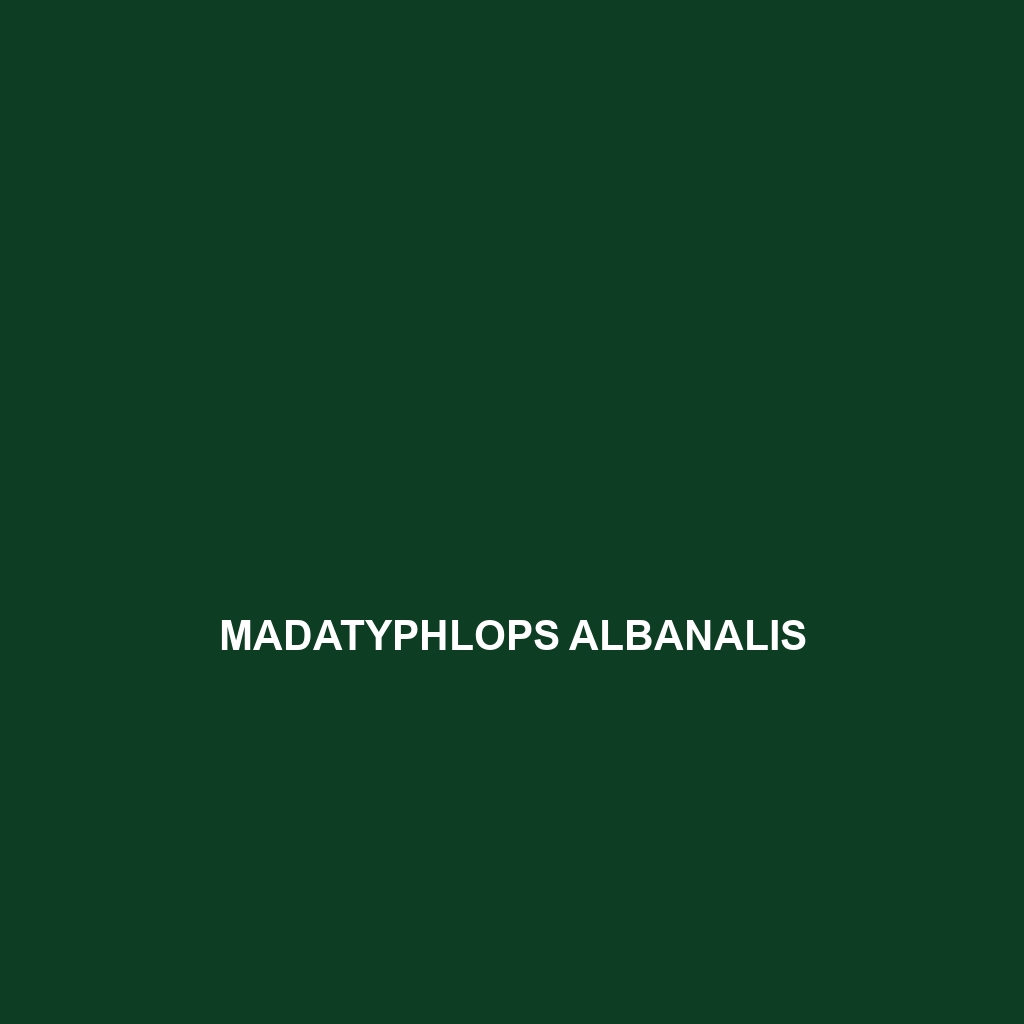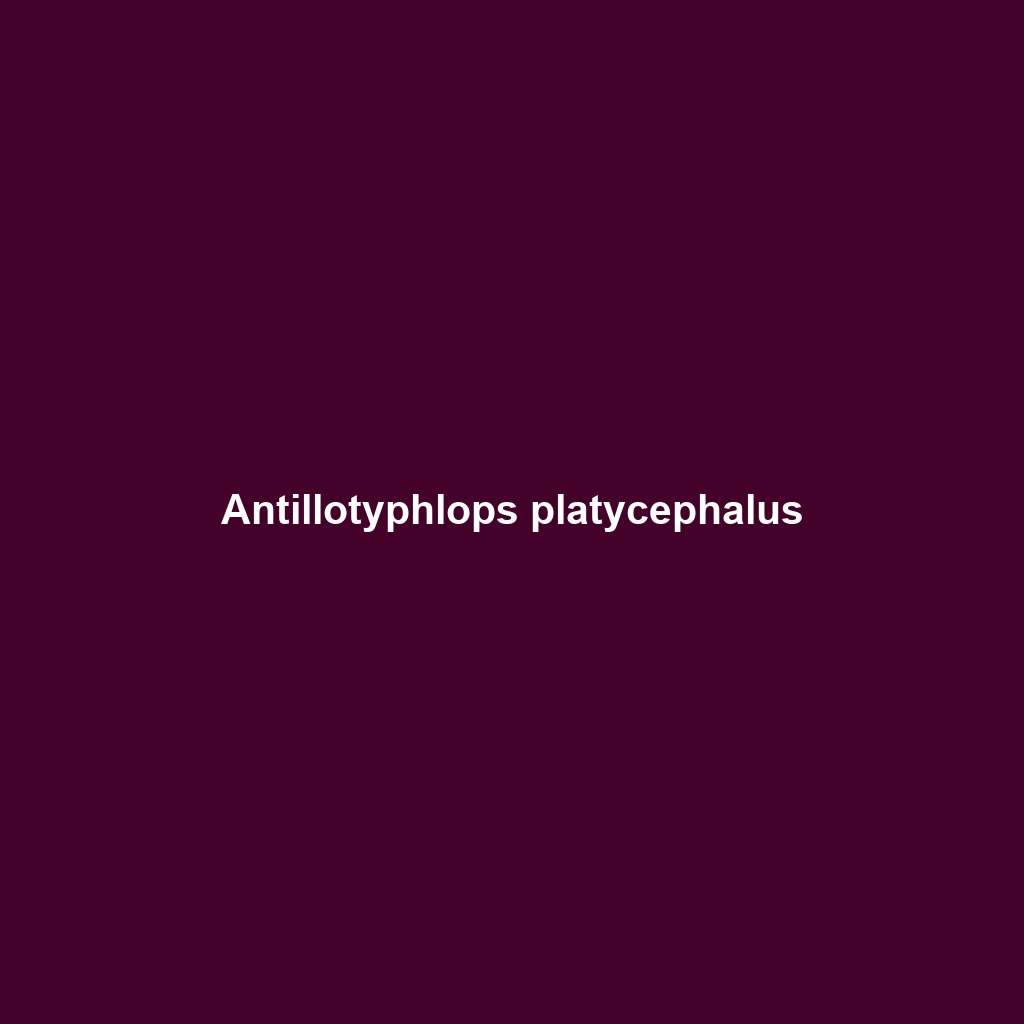Discover the Eastern Blind Snake, or <b>Madatyphlops albanalis</b>, a remarkable fossorial species native to Madagascar's diverse ecosystems. Adapted for a life underground, this insectivorous snake is distinguished by its elongated body, limited eyesight, and unique feeding habits, playing a crucial role in maintaining ecological balance.
Tag: Soil health indicators
Epictia tesselata
Discover the fascinating Epictia tesselata, or tessellated blind snake, a small, nocturnal snake that thrives in the humid tropical rainforests of Central and South America. With its unique tessellated coloration and specialized burrowing abilities, this insectivorous predator plays a crucial role in maintaining ecosystem balance through its diet of soil-dwelling invertebrates.
Atractus vittatus
Atractus vittatus, or the striped ground snake, is a slender, nocturnal species found in the tropical rainforests of Central and South America, characterized by its distinctive pattern of dark and light stripes. This non-venomous snake plays a vital ecological role by preying on invertebrates and contributing to soil health, all while blending seamlessly into its humid forest habitat.
Antillotyphlops platycephalus
Discover the Antillotyphlops platycephalus, or Antillean worm snake, a non-venomous species found in the Caribbean, known for its flattened shape, secretive fossorial behavior, and diet of small invertebrates. This ‘Vulnerable’ species plays a crucial role in maintaining soil health and nutrient cycling in its forested habitats.
Anilios batillus
This non-venomous snake, known as Anilios batillus or "Blind Snake," thrives in the forests of southeastern Queensland and northeastern New South Wales, featuring a cylindrical body with dark brown to reddish-brown coloration and a diet primarily consisting of earthworms and slugs. An adept burrower, it plays a crucial role in soil health and ecosystem balance while exhibiting unique nocturnal behaviors.




